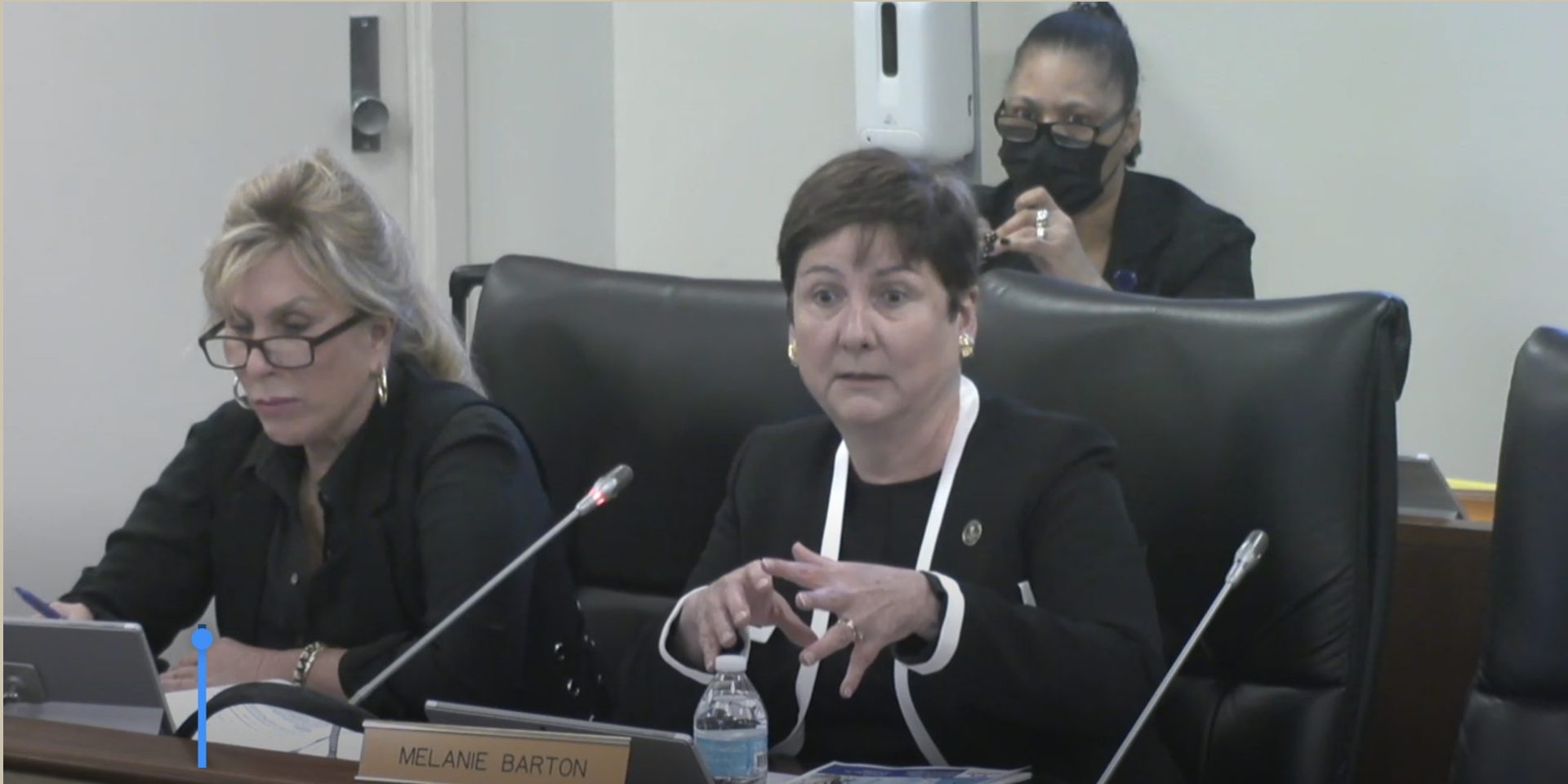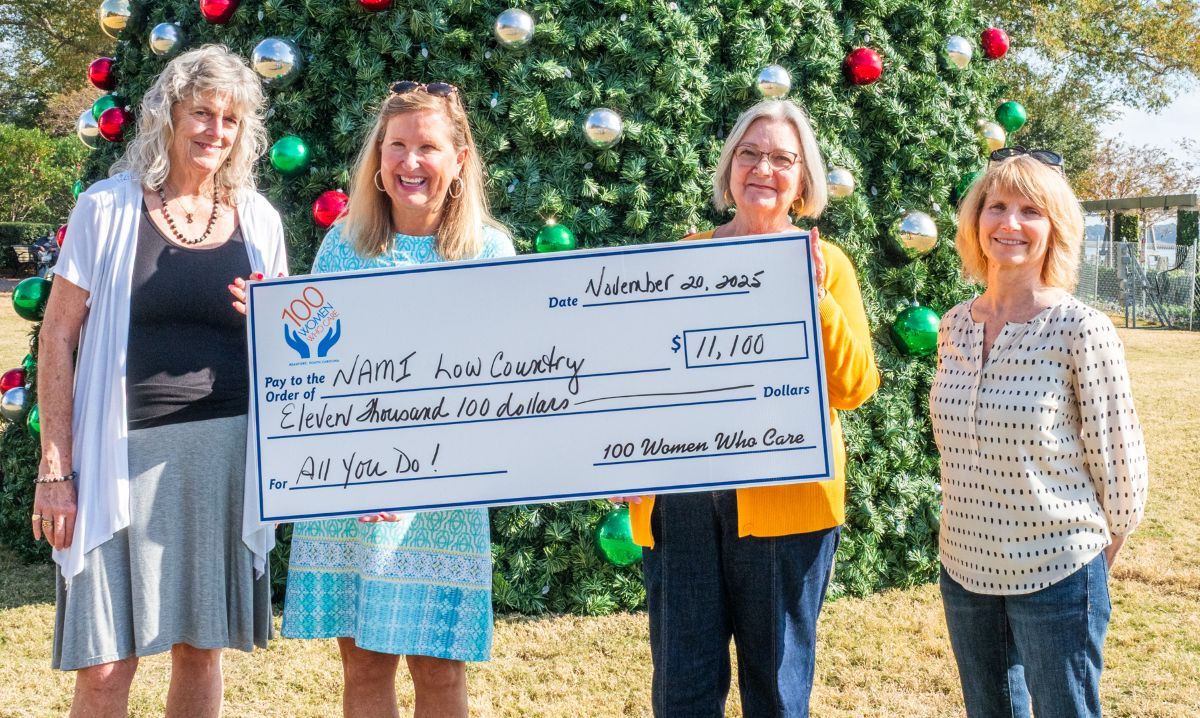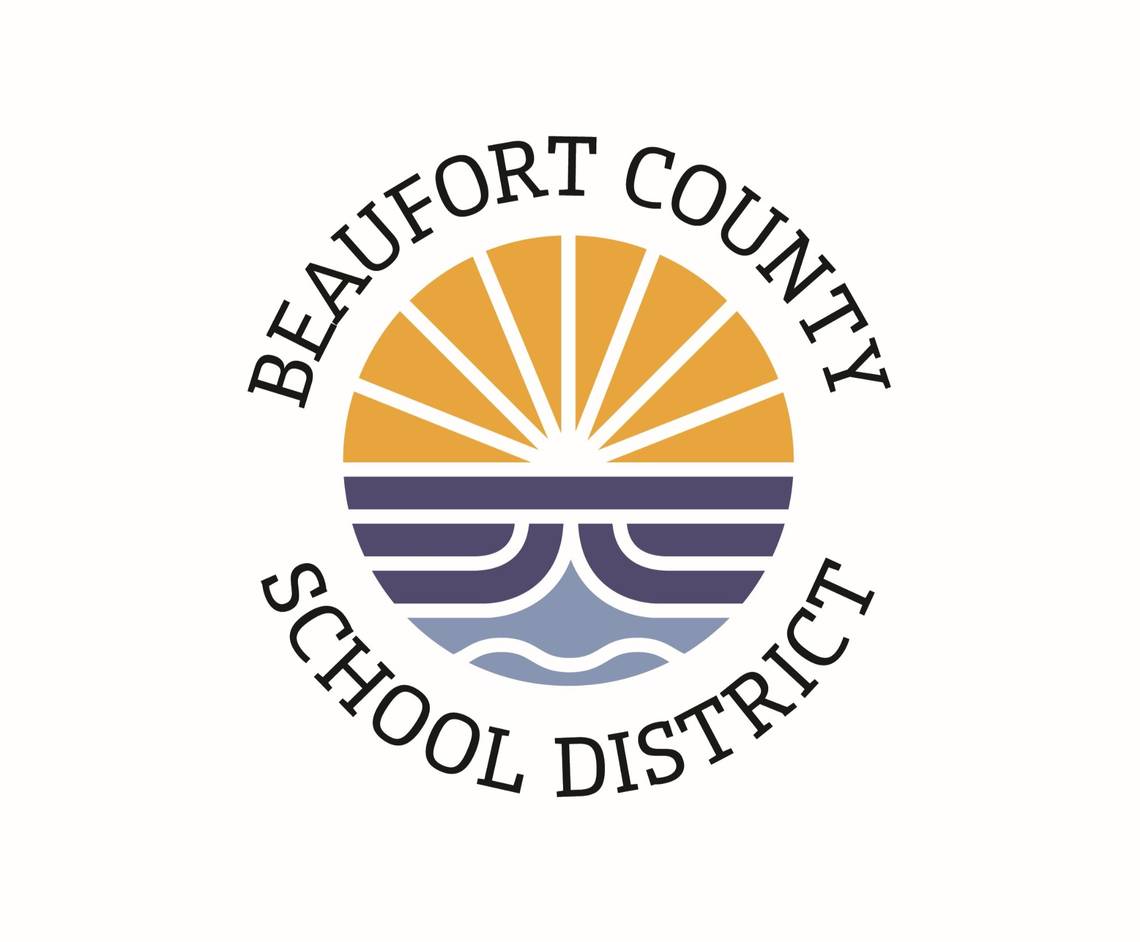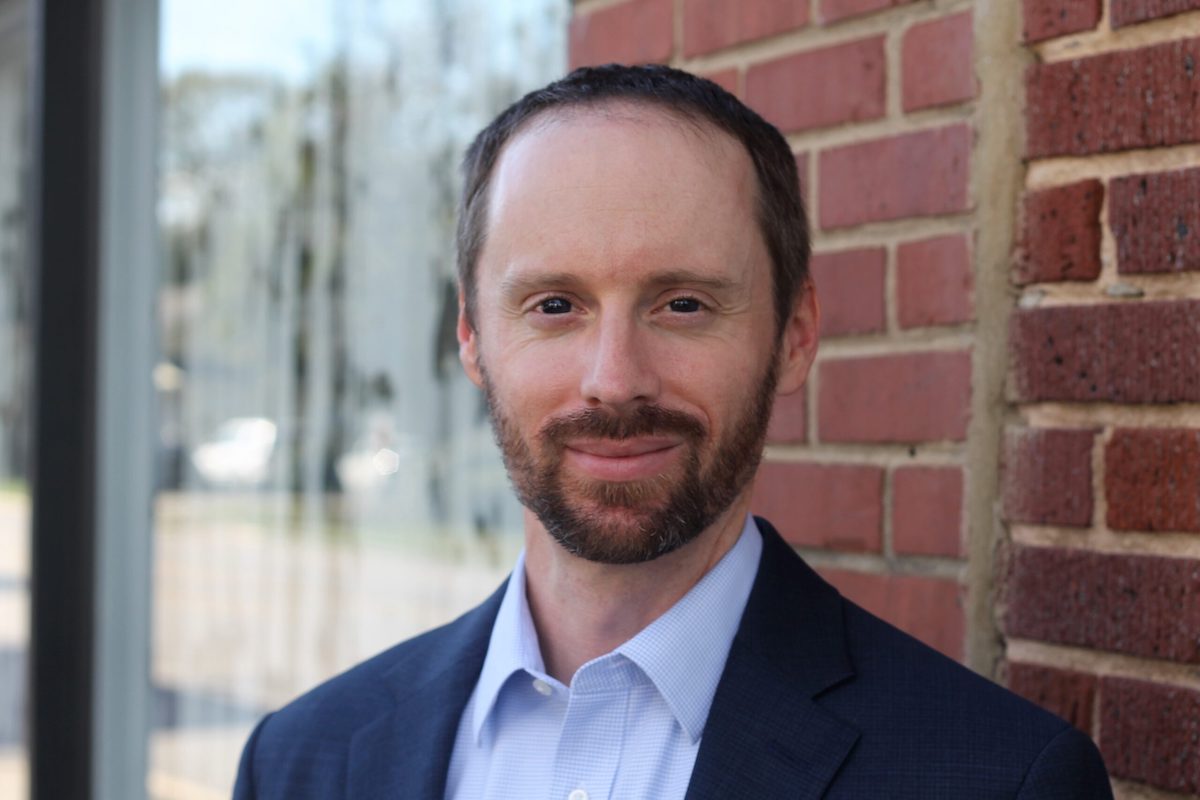Growing surplus is another indicator of worsening vacancies; panel discusses ‘outside the box’ options
By Skylar Laird
SCDailyGazette.com
COLUMBIA — More of South Carolina’s once-aspiring teachers are opting to pay back state loans they could otherwise wipe out by staying in a K-12 classroom as few as three years.
During the 2022-23 school year, South Carolinians in the Teacher Loan Program repaid nearly $21 million after their loans no longer qualified for forgiveness. That’s up from $8.7 million five years earlier, according to a report presented Monday to the state Education Oversight Committee.
The loan program was created 40 years ago to incentivize would-be teachers to work in rural areas with high turnover or hard-to-staff subjects after they graduate. They can get their student loans completely wiped out by teaching in a “critical geographic area” or “critical subject area” for five years (20% annually forgiven for every year in the classroom).
Or, if their job meets both descriptions, their loan can be fully forgiven in three years. In the early years of the program, that essentially required teaching math or science in a poor, rural school district.
But the state’s teaching shortage has gotten so bad, nearly all subjects are now considered “critical,” allowing teachers to get their loans repaid no matter where they work. The critical list, updated yearly based on teacher vacancies statewide, has expanded to include all certifications for early childhood, elementary and middle school grades, special education, English, social studies, librarians and physical education.
The hike in loan repayments suggests more teachers are exiting the field before they can get their loans forgiven or not going into teaching at all.
It’s unclear how many loan borrowers actually become teachers. The Student Loan Corporation does not track that, according to the report.
But of all 2,081 students who graduated with education degrees from a public or private college in South Carolina during the 2022-23 school year, 67% (1,390) went on to teach in the state, according to the Center for Educator Recruitment, Retention and Advancement based at Winthrop University.
It’s the center’s annual Supply and Demand report that determines what’s considered a “critical” subject.
As of its mid-year update in February, there were 1,315 vacancies in K-12 public schools statewide.
Why would-be teachers in the state’s three loan programs aren’t completing their commitment is unclear. Reasons probably align with what’s driving teachers to abandon the profession generally, such as burnout, low pay and a lack of flexibility, said Matthew Ferguson, deputy superintendent for the Department of Education.
Legislators agreed to raise the floor for first-year teachers’ salaries to $47,500 this coming school year. And a new law this year increased how much scholarship money education majors can receive.
But “it’s not just pay” keeping people from becoming teachers, Ferguson said.
Members of the Legislature’s education oversight panel say the $21 million surplus should be spent on other ways to attract and retain teachers.
“I think that’s an opportunity for the General Assembly and Department of Education to look at ways to incentivize people to go into teaching,” said Melanie Barton, the governor’s senior education advisor and the committee’s former director.
Sen. Dwight Loftis, a member of the committee, suggested using the money to somehow attract better principals and superintendents. Teachers often cite poor leadership and lack of support for wanting to leave their classroom — either to jump to another district out of frustration or to leave the field altogether.
“I don’t have a solution for that, but have we looked at that?” the Greenville Republican said. “Are those problems we can address?”
Other suggestions included using the repaid loans to fill teaching gaps. For instance, the money could pay to shuttle certified teachers between schools in a district so that two schools have a qualified teacher for half the day instead of one school settling for a long-term substitute in that position, Barton said.
Or, the money could help pay for borrowers’ summer courses or help expand South Carolina’s Call Me MISTER program, which helps pay tuition for Black men studying to become teachers, the report suggested.
“I think it’s time to think outside the box on a lot of this,” Barton said.
Another possible route could be to reinvest the money into advertising the forgivable loan program so people interested in teaching know the options exist, Barton said.
The state’s Student Loan Corporation is responsible for administering the loans but doesn’t advertise them.
“The biggest problem with this program has always been, no one markets it,” Barton said. “No one is responsible for the success of this program, and that’s been the problem the whole time.”
In the end, it will be up to legislators to decide how to spend the money, Barton said.
It will become part of the Legislature’s budget discussions after they return in January for the 2025-26 school year.
How much can SC’s future teachers borrow in forgivable debt?
The Teacher Loan Program consists of three types of loans:
• College students in traditional education programs can borrow up to $2,500 each for their freshman and sophomore years and up to $7,500 annually each subsequent year, for a maximum of $27,500 total toward a bachelor’s and/or master’s degree.
• Those in the “Career Changers” program can borrow up to $15,000 a year for a maximum of $60,000.
• Loans of $750 a year, for a maximum of $5,000, are available for people in the alternative certification path titled Program for Alternative Certification for Educators, known as PACE.
Skylar Laird covers the South Carolina Legislature and criminal justice issues. Originally from Missouri, she previously worked for The Post and Courier’s Columbia bureau.
S.C. Daily Gazette is part of States Newsroom, the nation’s largest state-focused nonprofit news organization.










